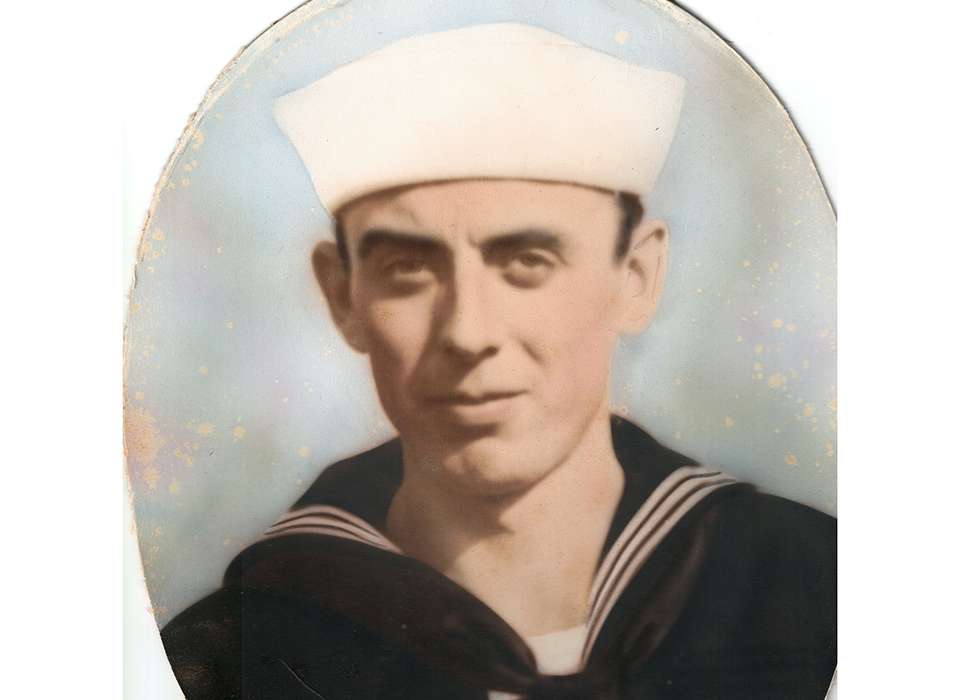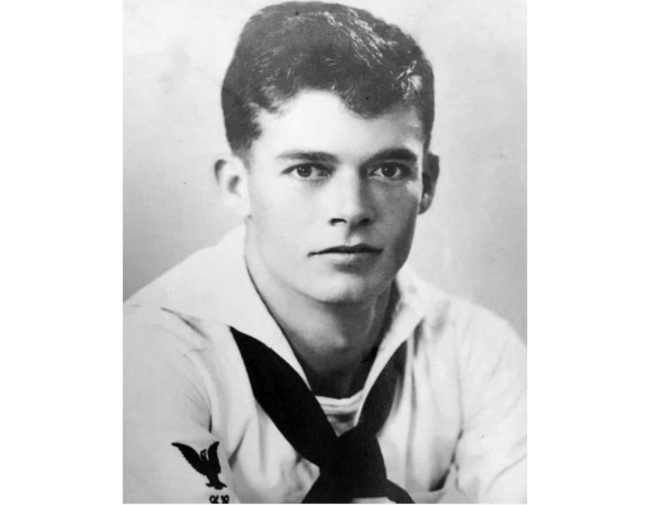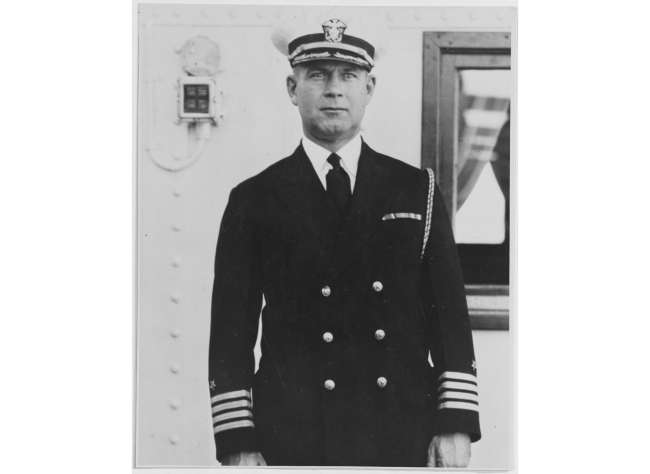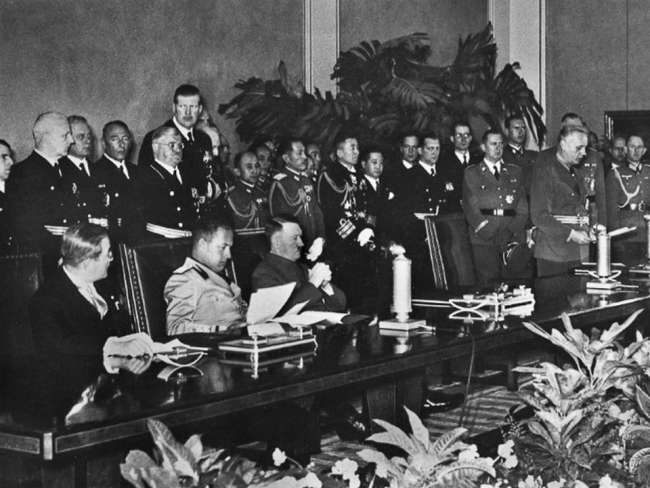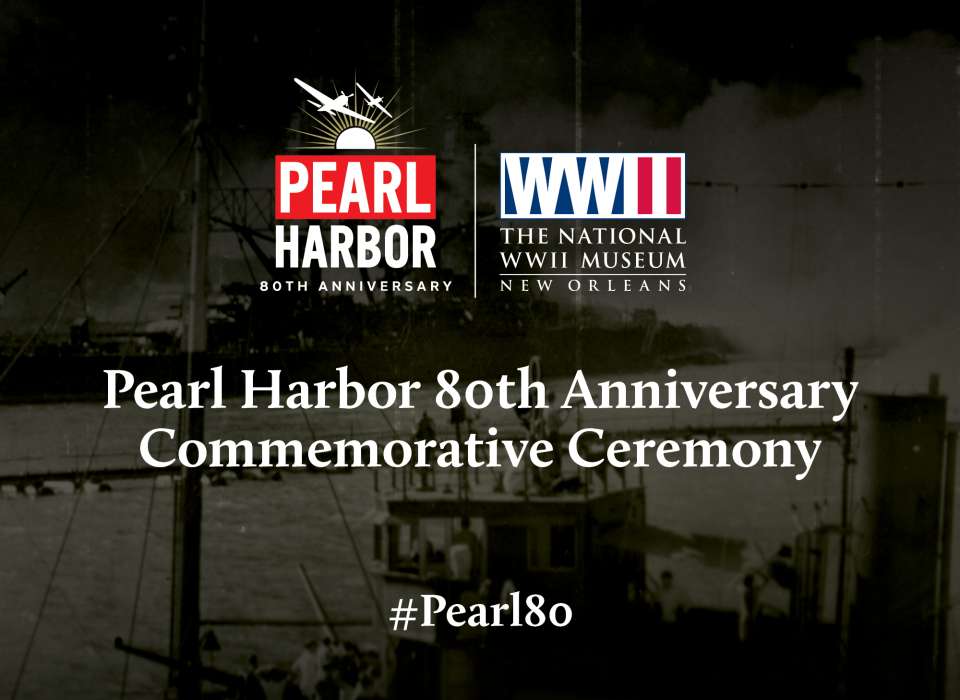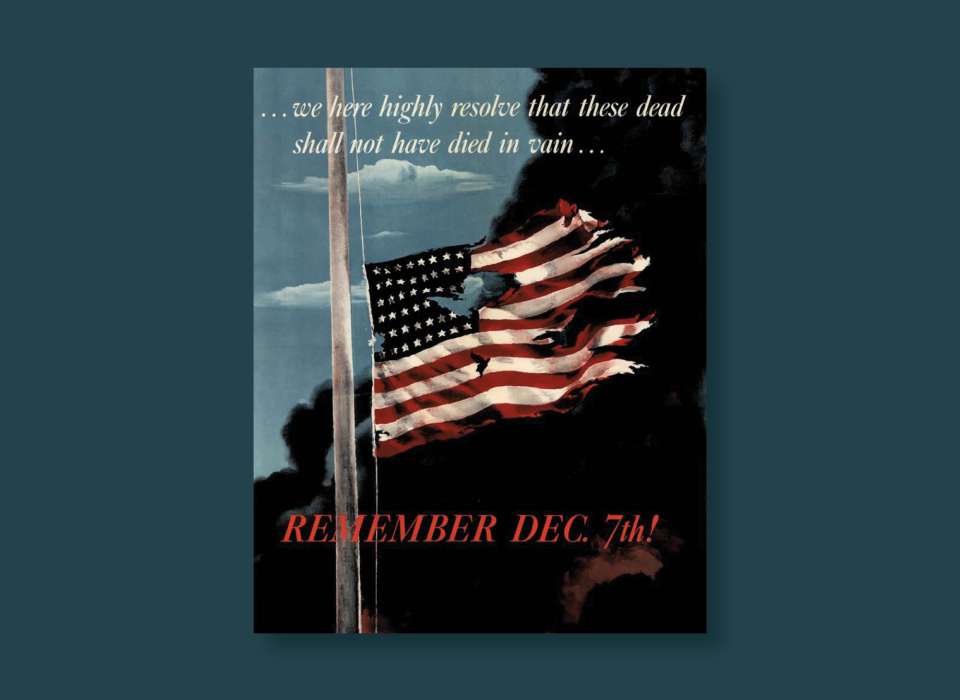Top Image: John Raymond Stratton’s Service Photo, courtesy of the Stratton-Edens family.
For many, World War II is personal, whether it is a lived experience as a veteran or as a child growing up on the Home Front. However, as these members of our family age, those experiences and family history are often not passed down to the next generation. Those of us who come across a family member who has served are filled with a lot of questions that are often difficult to answer.
Almost two years ago, while tracking down family burial plots, I found a grave marker for one of the surnames on my father’s side of the family. The name on the military plaque was for John Raymond Stratton, born October 23, 1918, and died on December 7, 1941. I noted the name and took a photo of the plaque so that I could do research at a later time.
This name came back to me during the pandemic, when a DNA connection through Ancestry.com reached out to me about links on our family tree. This connection was through the Stratton/Edens family line. To my utter amazement, my “new” cousin verified John Raymond Stratton as my first cousin, twice removed. He even had John’s photo from the Navy. Although my cousin had this information, there was much I wanted to know about my Pearl Harbor veteran. It was through research on genealogy sites, visiting museums, and talking with experts, like those who work with the Defense POW/MIA Accounting Agency (DPAA), that helped to piece together the story of this veteran who can no longer tell his story.
John Raymond Stratton was born on Wednesday, October 23, 1918, in the small town of Holton in Ripley County, Indiana to Frank Stratton and Amy Jane Edens. Through diving into US Census Records from 1920 and 1930, I was able to find that John was one of at least six children. The Edens and Stratton families primarily lived in Ripley and Jennings County and both were farming families. John’s mother, Amy, was my great grandfather’s sister and there is at least one large family photo in which the extended families are photographed together. This photograph, dated August 9, 1925, was given to me by another first cousin, twice removed, Geraldine Edens Hillan. Before Geri passed in 2020, she was able to name almost everyone in the photograph. Sitting to the left of my grandfather, Virgil Edens, in the photograph is John Raymond Stratton at almost seven years old.
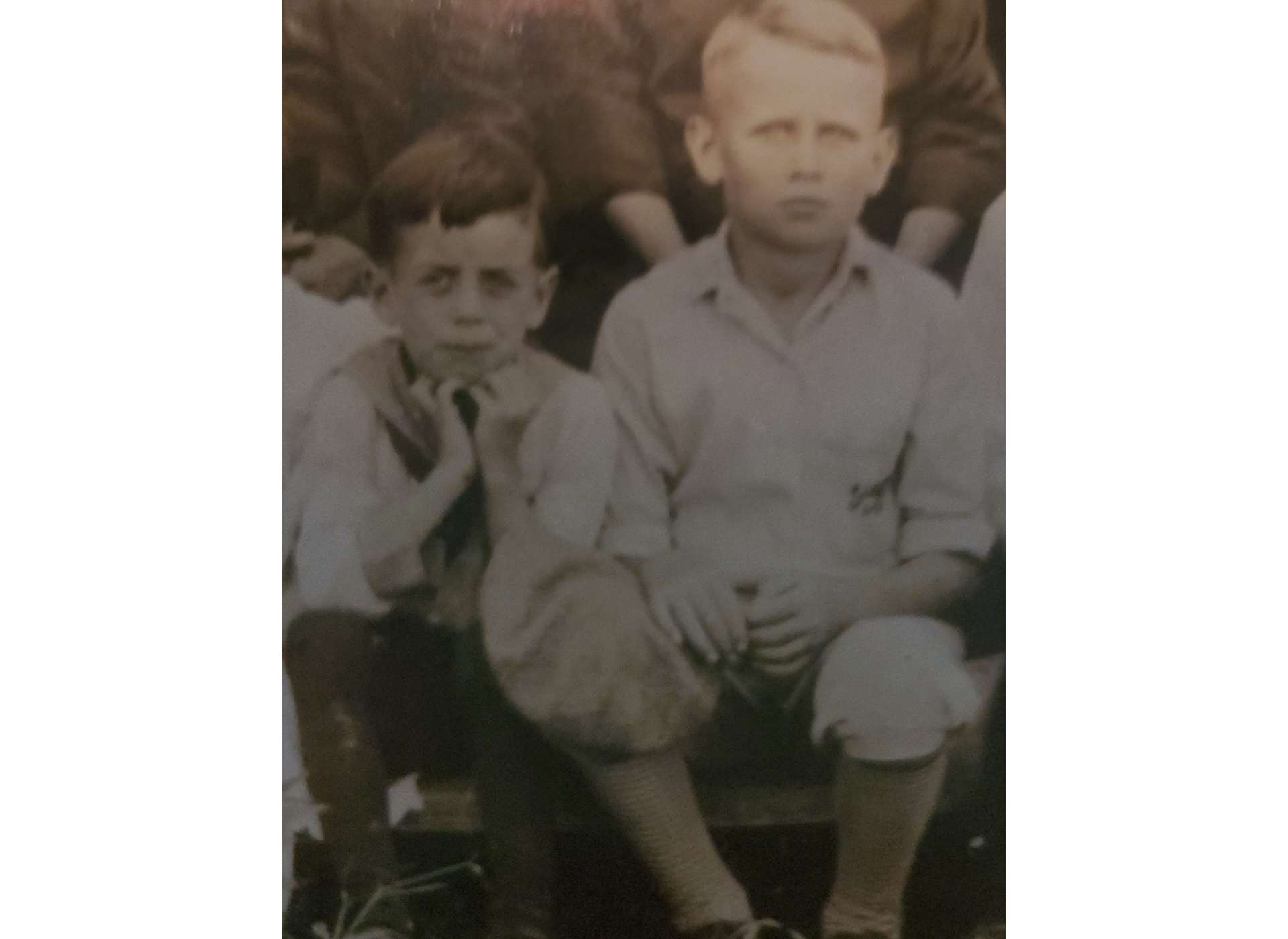
John Raymond Stratton and Virgil Edens, courtesy of the Edens family.
From his grave marker, I knew that John had died on December 7, 1941. I immediately wanted to know more about his service. Luckily, through both Ancestry.com and Fold3.com, I was able to find records that assisted my search. Through Ancestry.com I was able to locate John in the US Navy Casualty Books, 1776-1941. This record listed his name, rank, father’s name, and address/home town. The US Headstone and Interment Records for US Military Cemeteries on Foreign Soil, 1942-1949 also carried records useful to my research. The records in Fold3 that were helpful were the Muster Roll and the WWII Navy, Marine Corps, and Coast Guard Casualty List. Here it was listed that John Raymond Stratton was on the USS Arizona.
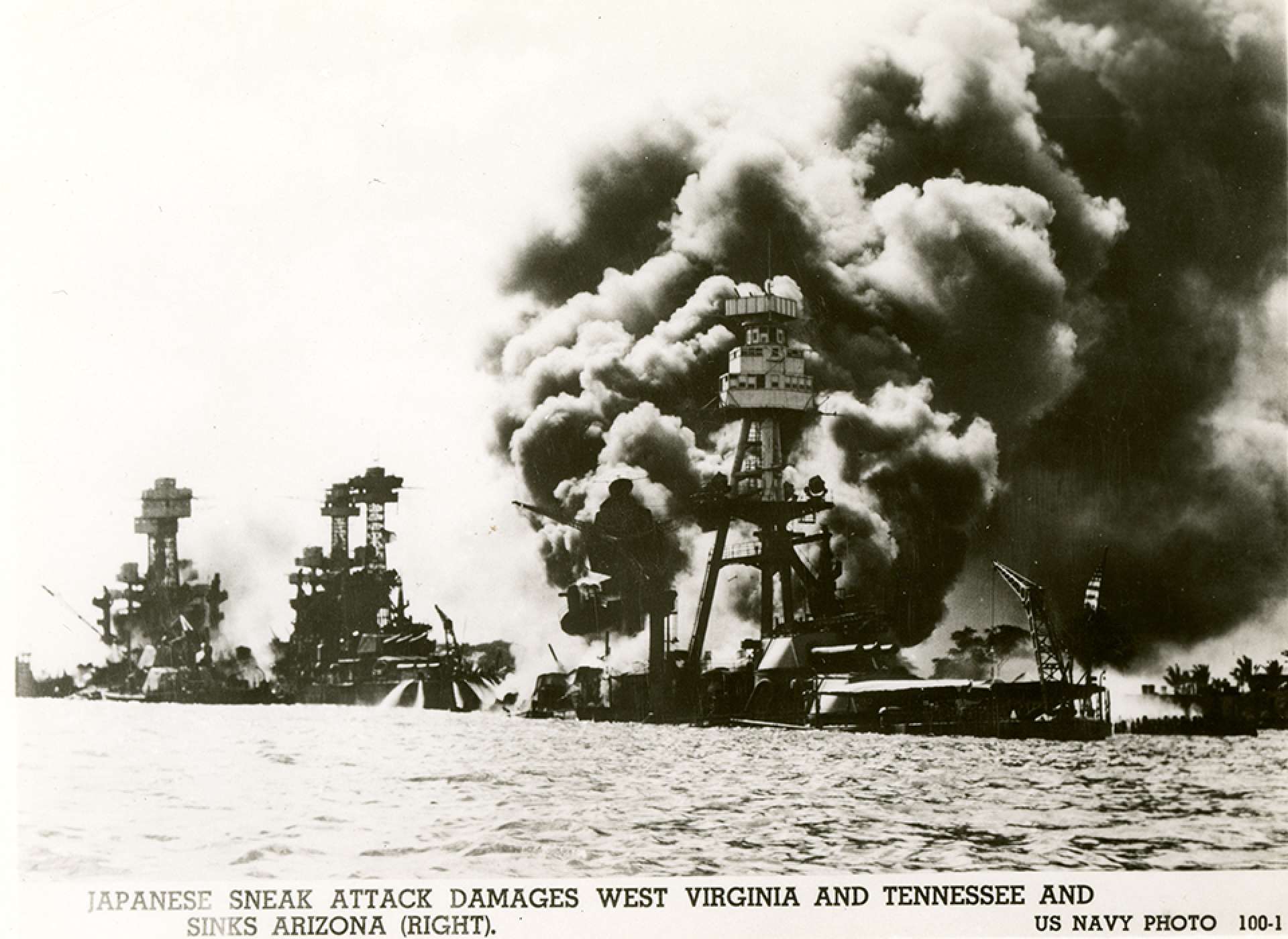
Attack on Pearl Harbor and the USS West Virginia, Tennessee, and Arizona in December 1941. The National WWII Museum, Gift of Julian Dean, 2010.523.022.
Working at The National WWII Museum, you are familiar with the event that launched The United States into World War II. However, having recently discovered a family member that was not only there, but also died due to the attack, personally gave me pause. Objects featured in the Museum’s permanent collection, such as the fragment from the USS Arizona in the Arsenal of Democracy Gallery, immediately makes me think of both photos I now have of my cousin.
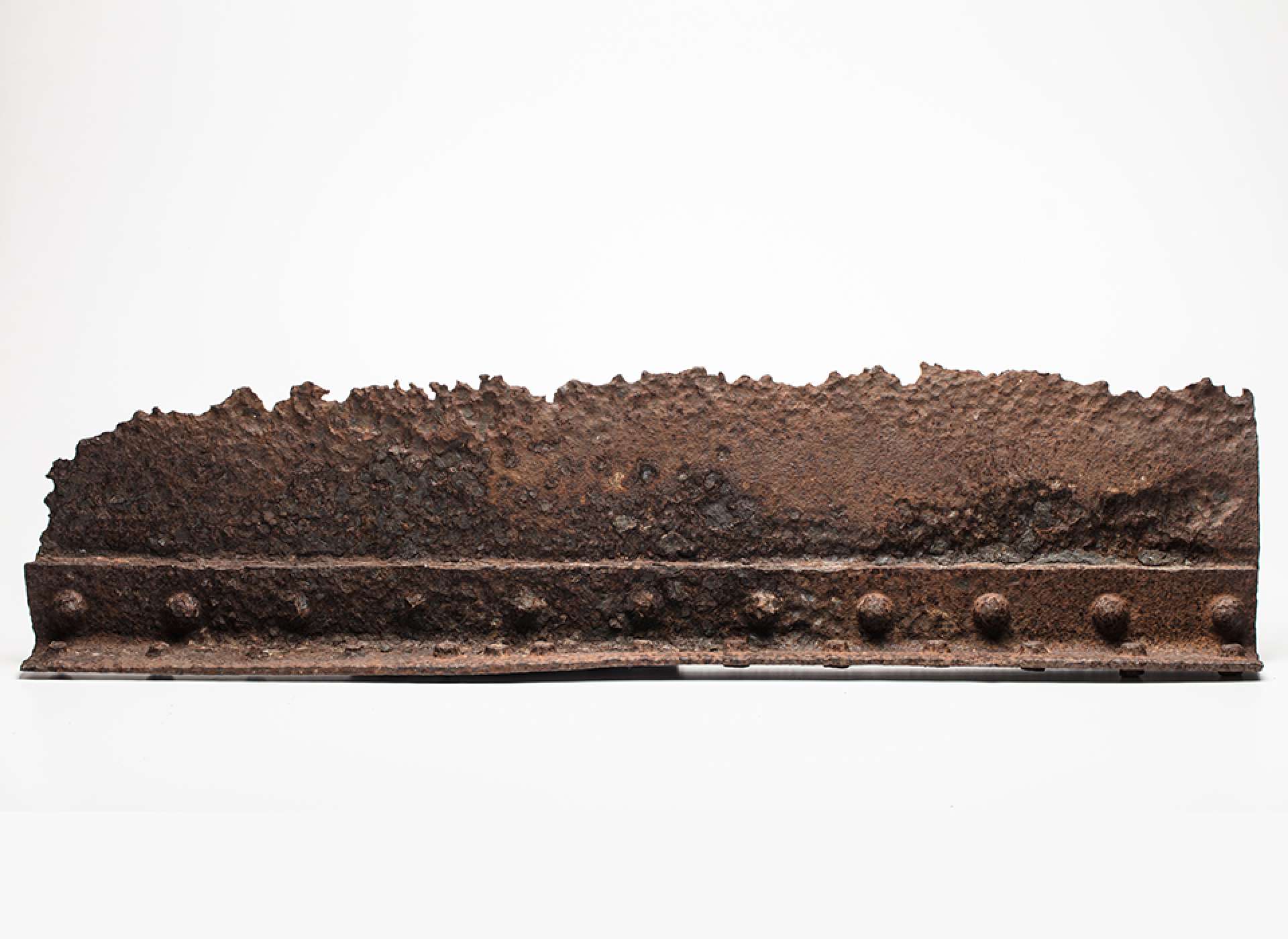
USS Arizona Fragment from the Collection of The National WWII Museum, Gift of the Department of the Navy, 2009.117.
They have become a personal touchstone in my own family’s story.
The next source that I consulted was a collection of newspapers from December 1941-February 1942. I primarily focused on newspapers in Indiana and Ohio, as the Stratton family was located almost 90 minutes from Cincinnati. One database that I used was Newspapers.com. Articles on the attack on Pearl Harbor, including images of the USS Arizona, were easy to find. It was also here that I found notices of John Raymond Stratton being listed as still missing in action on Christmas Eve, 1941. I’ve thought a lot about Frank and Amy Stratton, and how waiting for news of your son affected them at this time. The last article I found from The Indianapolis Star on May 5, 1942 lists him as one of 58 Hoosiers in the Navy who had given their life for their country when the United States went to war. It was here that I hit a wall in my research.
At this point, I turned to the experts that I work with at the Institute for the Study of War and Democracy at The National WWII Museum. Adam Givens, DPAA Research Partner Fellow, works directly with the DPAA. It was through their website that we were able to find the WWII POW/MIA List and find that John was listed as “non-recoverable,” meaning that he is still on the USS Arizona. The National WWII Museum also provides research resources on its website. As for individuals who may not have the time to dig through records to learn more about their WWII veteran, the Museum also provides the option to pay for our services in locating documentation of your WWII veteran’s service. Currently the National Archives are closed, which has put a hold to these services. However, once these offices open, the Museum will be able to process these requests.
Researching and exploring the service of your WWII veteran is a very humbling experience. Documenting the short life of my cousin, John Raymond Stratton, and diving into the articles and artifacts that chronicled the experiences of Pearl Harbor, as well as processing how this impacted our family, will be the driving force that keeps his memory alive for the generations to come.
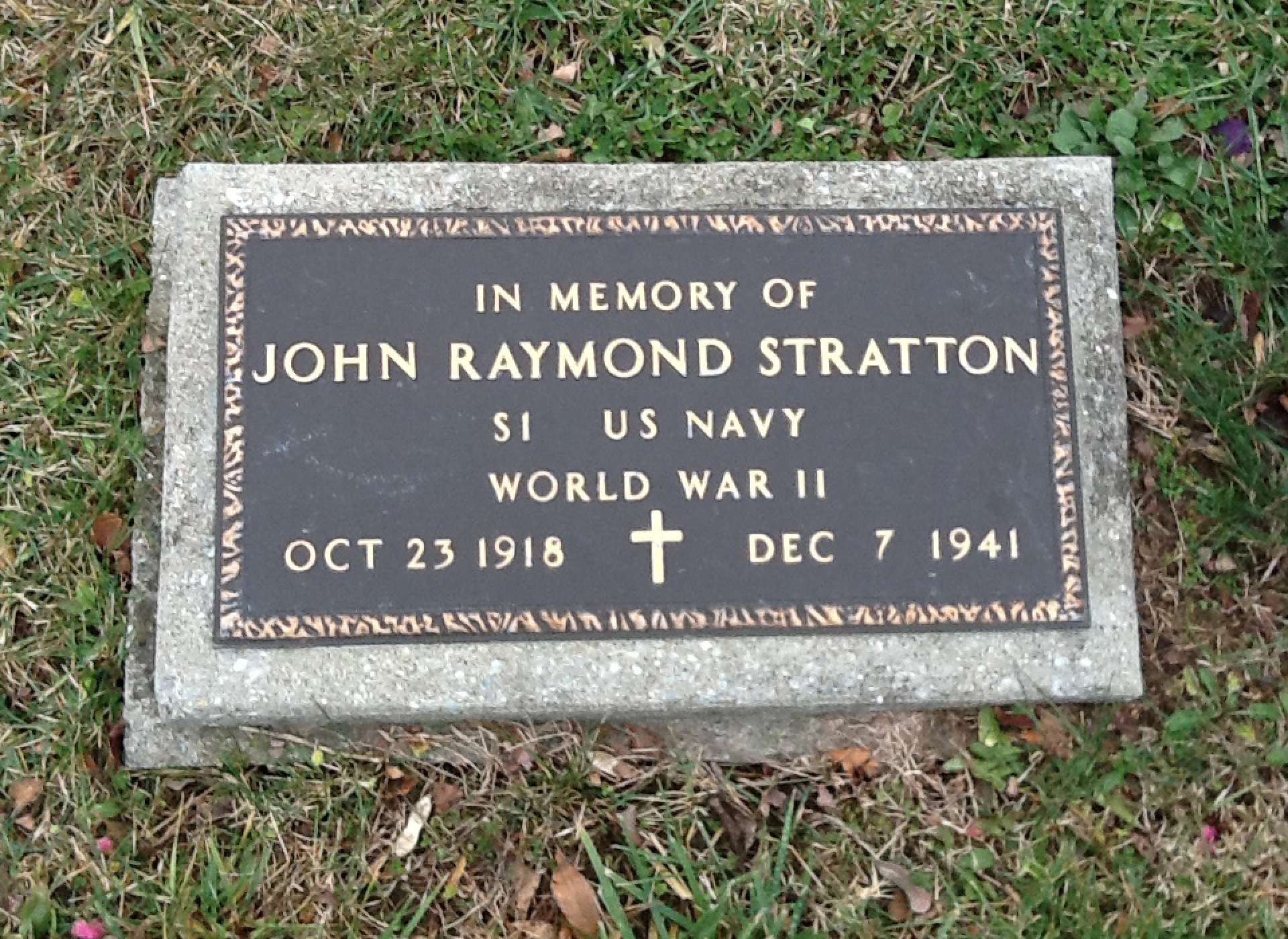
John Raymond Stratton’s tombstone, courtesy of the Edens family.
Abbie Edens
Abbie Edens is the former Director of Education at The National WWII Museum.
Cite this article:
MLA Citation:
APA Citation:
Chicago Style Citation:
